‘Environmentalism has become a religion’
Patrick Moore, founder of Greenpeace, on where greens went badly wrong.
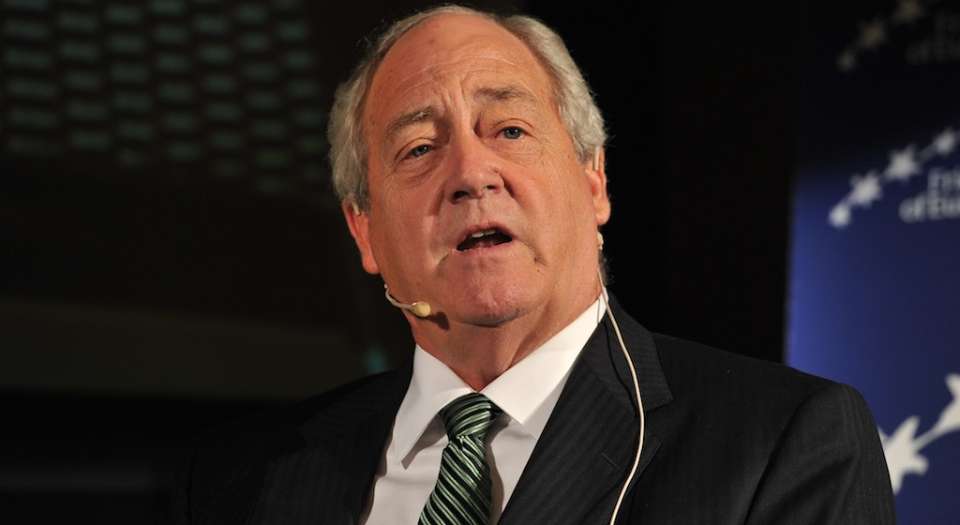
Want unlimited, ad-free access? Become a spiked supporter.
Thilo Spahl: You founded Greenpeace 40 years ago; today you fight Greenpeace. What went wrong in the meantime?
Patrick Moore: Much has gone wrong over the years. In summary: when Greenpeace started, it was not just about the environment, but also about the people. ‘Green’ stood for the environment and ‘Peace’ for ending the threat of global nuclear war and the destruction of human civilisation. Over the years, Greenpeace drifted to where the organisation now characterises people as the enemies of the earth. This is a very different approach and not one I wanted to join. Human beings are part of the earth. We are unique with our big brains and our technology in the living world. We have a great responsibility to each other and to the environment. And we are conscious about it. There is indeed the element of self-interest. If we destroy the environment, we can no longer use it. But there is also a love for nature that people feel, that goes beyond our own needs.
I was lucky enough to be born in northern Vancouver Island in the pristine nature of the forests. My great love for nature led me to study ecology by the end of the 1960s. In 1971, I joined the ‘Don’t Make a Wave Committee’ to protest against the US nuclear tests in Alaska. Since I practically grew up on boats, I was already trained for these early actions, which we carried out in a small group. The first two campaigns were against nuclear tests and the whole focus was against war. In the beginning, we named our boat the Greenpeace. In 1972, we transferred the name to an organisation, the Greenpeace Foundation. There were two factions in Greenpeace: the Peaceniks and the Eco-Freaks. When we launched the ‘Save the Whales’ campaign, the Peacenik people asked: what is this about? With the campaigns to save the whales and against the slaughter of baby seals, we moved away from the focus on people and focused entirely on environmental topics.
That was probably the decisive turning point for Greenpeace towards a purely eco-centric orientation. This would be okay if campaigns were justified rationally and constructively. But the opposite was becoming true.
In the 1970s, Greenpeace grew rapidly and in a disorderly manner. Everywhere, it opened more or less autonomous Greenpeace offices, because the name was not properly protected. In order not to lose control altogether, we founded Greenpeace International in 1979 and I became one of the directors – the only one with scientific training. The headquarters were moved from Vancouver to Amsterdam, since most of the money could be raised in Europe. Meanwhile, we were now supported by the majority of the public: nuclear disarmament, save the whales, stop toxic waste – by the mid-1980s, all this was no longer controversial. Greenpeace was established, influential and rich.
TS: What did this mean for the realignment of action?
PM: Once the majority agreed with all the reasonable demands, the only way to preserve the confrontational anti-establishment attitude that was part of Greenpeace’s nature was to become ever more extreme. So, eventually, any claim to science and logic was abandoned in favour of zero-tolerance campaigns. Genetic engineering and nuclear power became the prime topics for unilateral, uncompromising demonisation, including the demand for total bans. At the same time, the Cold War ended, and the peace movement lost its purpose. The peace movement was basically a leftist, anti-American movement. I was part of the peace movement, but never pronounced on the political left. I have always been left in terms of social issues and right in terms of economic policy. Environmental protection cannot be classified in this simplistic left-right scheme, because I position it in the centre, between those fronts. I think the absence of scientifically justifiable demands, combined with a left, anti-American and anti-market attitude, led the environmental movement into the ideological impasse in which it lies today.
TS: Although you left Greenpeace and became a vehement critic of the organisation, you still see yourself as an environmentalist. What do you think is the right approach for sound environmental protection?
PM: In 1982, I took part in a meeting of 85 leaders of international environmental protection organisations in Nairobi. I remember the head of Friends of the Earth UK – it was Tom Burke, who now works for Rio Tinto – used the term ‘sustainable development’ for the first time. I had not heard of it, and if I did not know the term, it had to be very new. Greenpeace rejected the concept from the beginning. They did not want ‘sustainable’ development, because they opposed development altogether. But development is a good thing. If we really need something, then it must be developed. If there were no development, time would stand still. Today, the concept of sustainable development is often misinterpreted and abused. For me, it is still the right approach. I define sustainable development as the combination of economic, social and environmental objectives. It is about creating win-win-win situations. I do not see this as a theoretical concept, but a very practical task. Business success, steadily improving living conditions and protection of nature are not exclusive of each other. You must weigh each case to find viable solutions that include all three priorities. Back then, I thought: ‘Wow, the next challenge is much bigger, much more important than to be concerned only about the environment.’ The challenge is to introduce the new environmental values into the existing economic and social development. Greenpeace was easy to convince. They all said: ‘Yes, yes, that’s what we want.’
TS: But what Greenpeace really meant was ‘this is what we do not want’.
PM: That’s right, no nuclear power, no genetic engineering, no chemicals, etc.
TS: What in your opinion are the biggest challenges for a conservationist?
PM: If I am asked what is the biggest environmental problem, my answer is poverty. Poor people cannot afford to clean wastewater, to clean the air, to plant new trees after cutting them down for fuel, etc. Poverty is a problem for the people and for the environment. To fight poverty helps both. There is no contradiction.
TS: Why did you leave Greenpeace?
PM: When I realised that the humanitarian philosophy had disappeared from Greenpeace, I understood that I had to leave. I wanted to shift from confrontation towards a consensus policy. If everyone agrees with you that the environment is important, you can stop beating them on the head, and sit down and talk about concrete solutions to concrete problems. And I wanted to get away from the anti-development stance towards a sustainable-development approach. When my colleagues came up with the crazy idea of banning chlorine worldwide, it was enough for me to go permanently. I said: Dear God, guys, listen up! You cannot prohibit chemical elements. Chlorine is the most important element for healthcare. I know it’s all about people, but we need chlorine. Chlorine is just so important, precisely because it is toxic – toxic to bacteria that want to kill us. We need toxic chemicals to live a healthy life. We can be against certain chlorine compounds for certain uses, but we cannot seriously demand that chlorine is banned worldwide. Because of this campaign, I finally left Greenpeace in 1986.
TS: If Greenpeace has become so extremist, why is it so popular?
PM: Because the environmental movement has basically become a religion, or rather a kind of hybrid between religion and political ideology. When people internalise new values, a desire to be environmentally conscious, to save the world, etc, and Greenpeace makes claims that fit this desire, then the organisation indeed must enjoy great popularity. It apparently does not matter that any reference to reality is given up. Take the example of mining. Greenpeace is against mining, not only certain mining, but any. If one asks a green politician to name a mine that is environmentally okay, you get no answer. That would be against the rule: no mining. But how do you get cellphones and bicycles and rapid transit, buildings and windmills? It is an absolute dream world. They call it idealism, but in reality it is a fairytale world.
An important aspect of this religion plays on fear and guilt. This works best when it comes to global warming. First, the problem needs to be a global one – they threaten you with the end of the world. Second, everyone is consuming energy and therefore must feel guilty. Therefore, the so-called climate-change movement is extremely successful because it means that people are scared and feel bad and guilty and believe they should give money – to the Church of Greenpeace.
TS: Food is also a big issue.
PM: Yes, of course. The need for nutrition keeps many people busy growing and distributing food. Since discontentment works very well, as with energy, [and] Greenpeace simply ignores the real needs of seven billion people.
Greenpeace is fighting simultaneously against overfishing and aquaculture. Greenpeace is also against high-performance agriculture and for the preservation of biodiversity. But aquaculture is the only way to produce a lot of fish without endangering natural resources. And intensive agriculture is the only way to feed humanity without turning the whole of nature into farmland. If you are against both, this means that there are a few billion too many people on the planet and it’s all about how to get rid of them or ignore them somehow.
The mechanisation of agriculture is the key to fighting poverty. Modern agricultural methods also automatically lead to a decline in population growth. People move to the city, women receive more education, emancipate themselves and do not spend their entire lives barefoot and pregnant. The basis for this development is the mechanisation of agriculture. I often argue about this topic. People say more education for women is the key. But how do girls get education when they have to start working in the fields when they are eight years old? People support all sorts of nonsense, such as the preservation of subsistence farming, which is romanticised as ‘peasant agriculture’, but in reality this means only drudgery, grinding poverty and a short life.
Although modern technology is so obviously useful, Greenpeace fights against it. But in fact Greenpeace cannot do without it for a second. To demonstrate against fossil fuels, Greenpeace attacks a Russian oil rig in a big boat with diesel engines. I don’t think that’s exactly consistent. When we sailed to Alaska, to protest against nuclear testing, we had no atomic bomb on board. Greenpeace activists also pretend to be on a sailing boat, but in reality their new $32million yacht has a 5,000-horsepower diesel engine. I have nothing against diesel engines. I just want to clarify in what kind of dream world these people live.
TS: What do you think of the precautionary principle?
PM: It is unfortunately almost always used in the wrong way. The key here is to weigh the risks of inaction against the risks of action. Golden rice, a strain of rice genetically modified to produce vitamin A, is the classic example. What is the risk of the cultivation of golden rice, which could make a huge contribution to the terrible consequences of vitamin-A deficiency? I do not know of any. Let’s say that I agree in theory, that there might be some small risk, even though I can detect none so far and I cannot imagine what this could be. However, what I know exactly is the risk of non-approval of golden rice. And this is anything but hypothetical. Two million children die each year from diseases related to vitamin-A deficiency. So if I take the precautionary principle seriously, I can only demand that we allow golden rice to be produced immediately. If vitamin-A deficiency were a disease such as malaria, and someone invented a drug that cured the disease, it would not take long before people could use it.
The now widespread interpretation of the precautionary principle is completely absurd. It reads: if using a technology, or anything, results in any conceivable risk, it should never be used. Then I can only say: do not get up in the morning and just stay in bed. Or just put an end to your life, because that is the only way to avoid all risks. If you’re dead, you cannot be in danger anymore.
TS: Golden rice was invented 15 years ago. Why has it taken so long for it to be grown?
PM: There are two reasons. First, the obstacles put up by organisations such as Greenpeace. Second – and here the irony is evident – because it is a humanitarian project. There is no Monsanto behind it with hundreds of millions of dollars. Exactly what opponents of genetically engineered organisms (GMOs) like to criticise would be very helpful for golden rice: if a large company were behind it, they would support it with a lot of money. But from the outset it was clear to everyone that golden rice would be no big deal financially. You cannot expect big money from poor people who barely have enough to eat. It is a project that is supported by non-profit organisations. And so it is easier for the greens to block it.
TS: What claims do environmentalists make against golden rice?
PM: They say golden rice is a Trojan horse for GMOs. You have to understand that the Trojan horse had two sides. Those who were defeated by it said it was unfair. But those who were in the horse were clever. When I hear this argument, I say on the one hand ‘This is a humanitarian project! It’s not about profit.’ On the other hand, I know, of course, that golden rice, when it is introduced and delivers what we promise, will contribute considerably to convince the people of the great benefits of genetic engineering.
If Greenpeace concentrated on collecting money from wealthy Europeans in order to protect them from evil genetic engineering, one could live with it. Unfortunately, Greenpeace is not content to only scare the people of Western countries. They have massively infiltrated Africa and Asia with the help of their outposts and are financing people who support the anti-GMO agenda. The best example is the campaign against golden rice in the Philippines. Greenpeace operates on the political and legal level. They work to influence the environment minister who wants to present himself as an environmentalist. But ultimately they cannot stop us. I think both the Philippines and Bangladesh will continue with the development of golden rice. I am very optimistic and just hope that Ingo Potrykus, the inventor of golden rice, lives to see it finally introduced to the people who need it.
Thilo Spahl is an editor at Novo Argumente and co-author of a number of books on science and the environment. Visit his website here. This interview was originally published in German at Novo Argumente. (Translation Klaus Ammann.)
Picture: Friends of Europe, 2012, via Wikimedia Commons
You’ve read 3 free articles this month.
Support spiked and get unlimited access.
Help us hit our 1% target
spiked is funded by readers like you. It’s your generosity that keeps us fearless and independent.
Only 0.1% of our regular readers currently support spiked. If just 1% gave, we could grow our team – and step up the fight for free speech and democracy right when it matters most.
Join today from £5/month (£50/year) and get unlimited, ad-free access, bonus content, exclusive events and more – all while helping to keep spiked saying the unsayable.
Monthly support makes the biggest difference. Thank you.
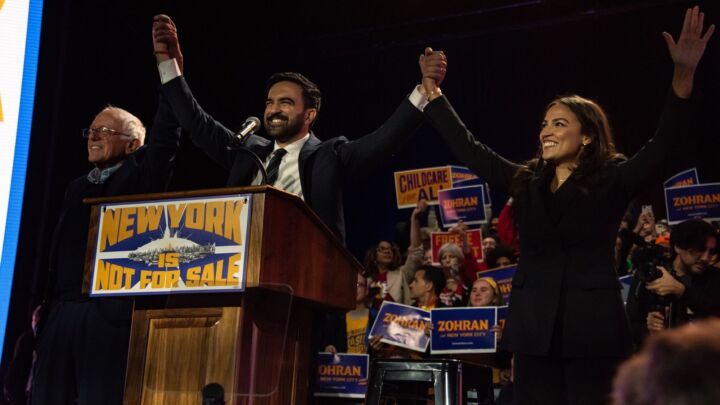
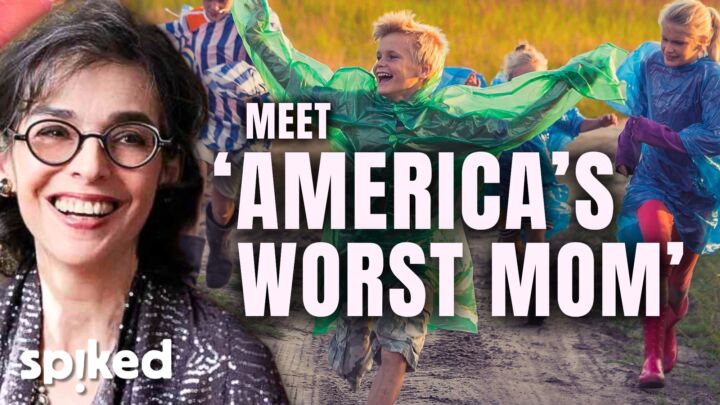

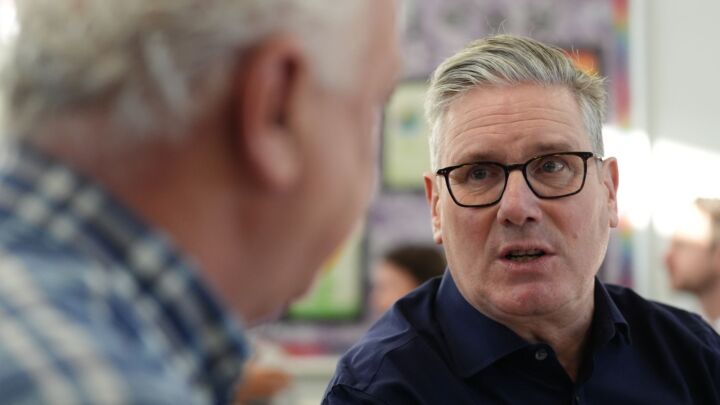

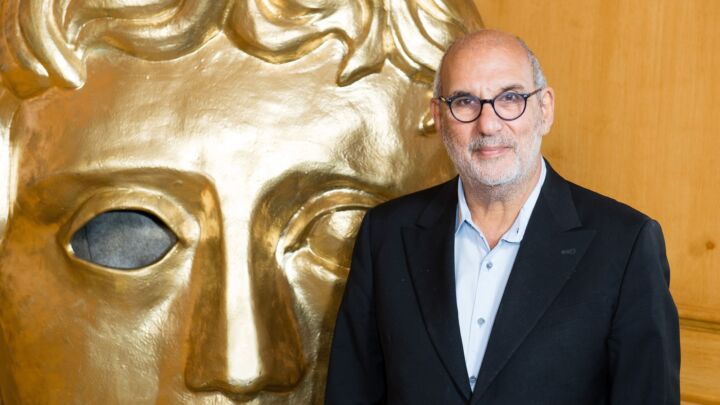
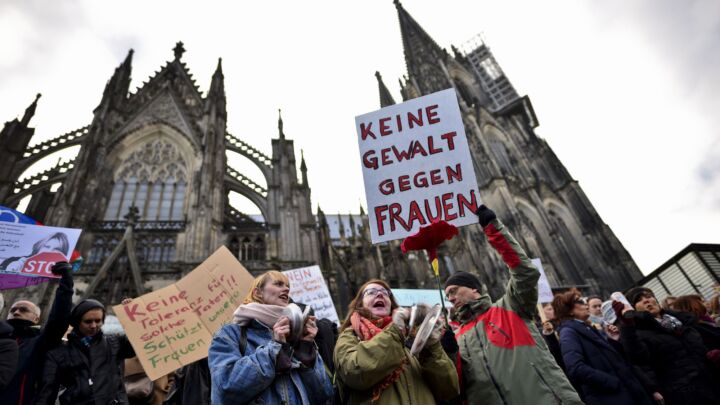
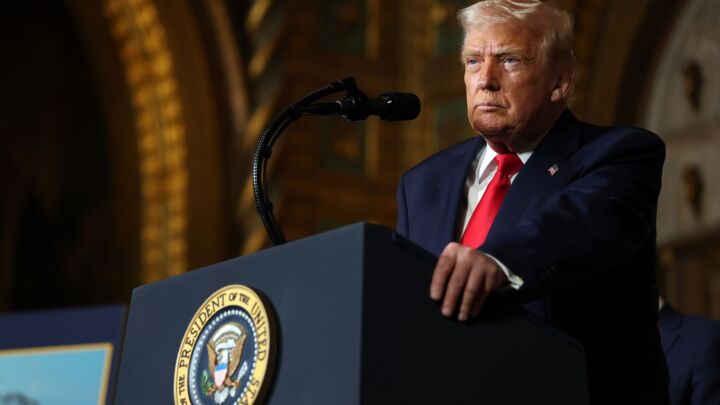

Comments
Want to join the conversation?
Only spiked supporters and patrons, who donate regularly to us, can comment on our articles.